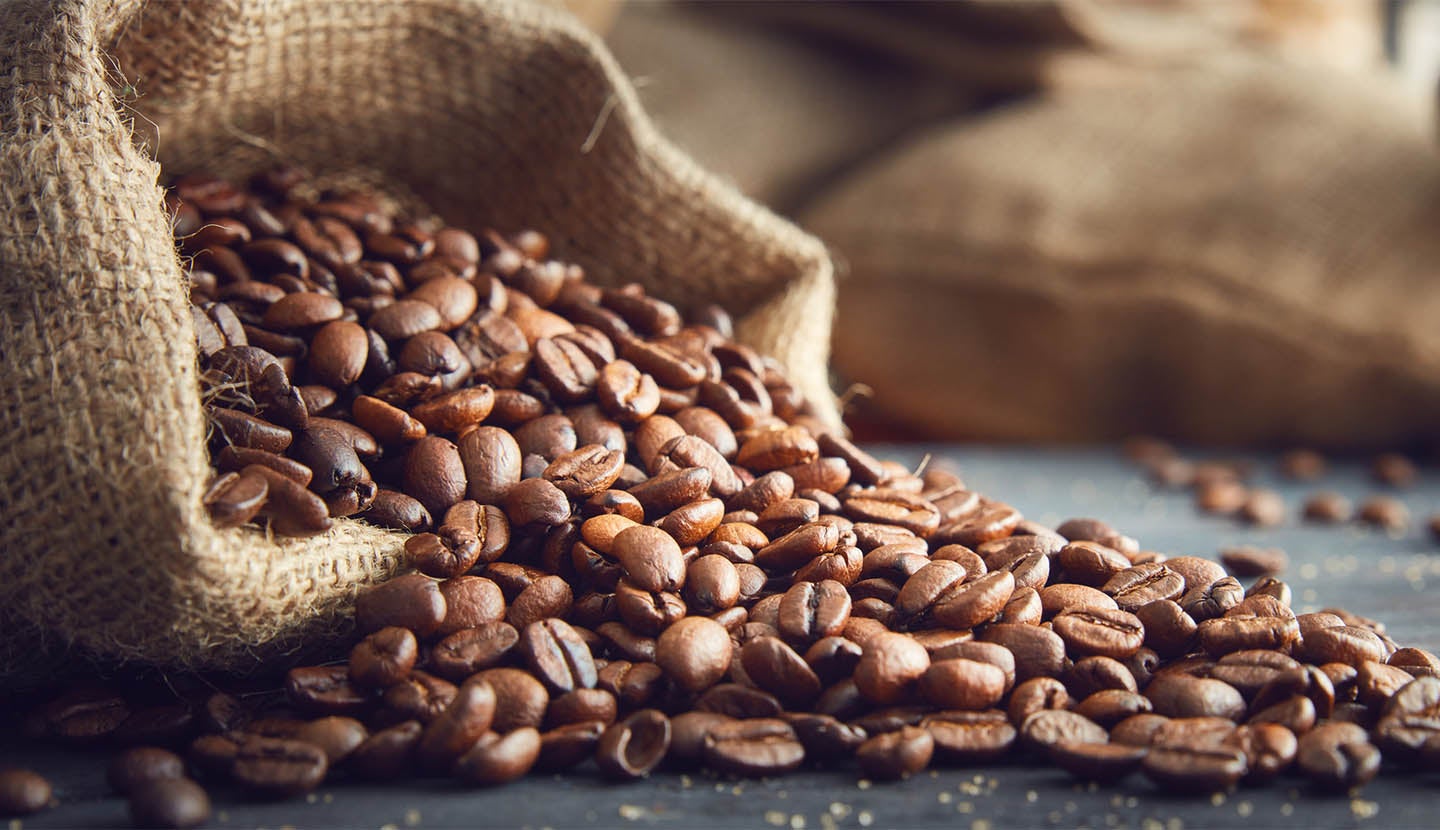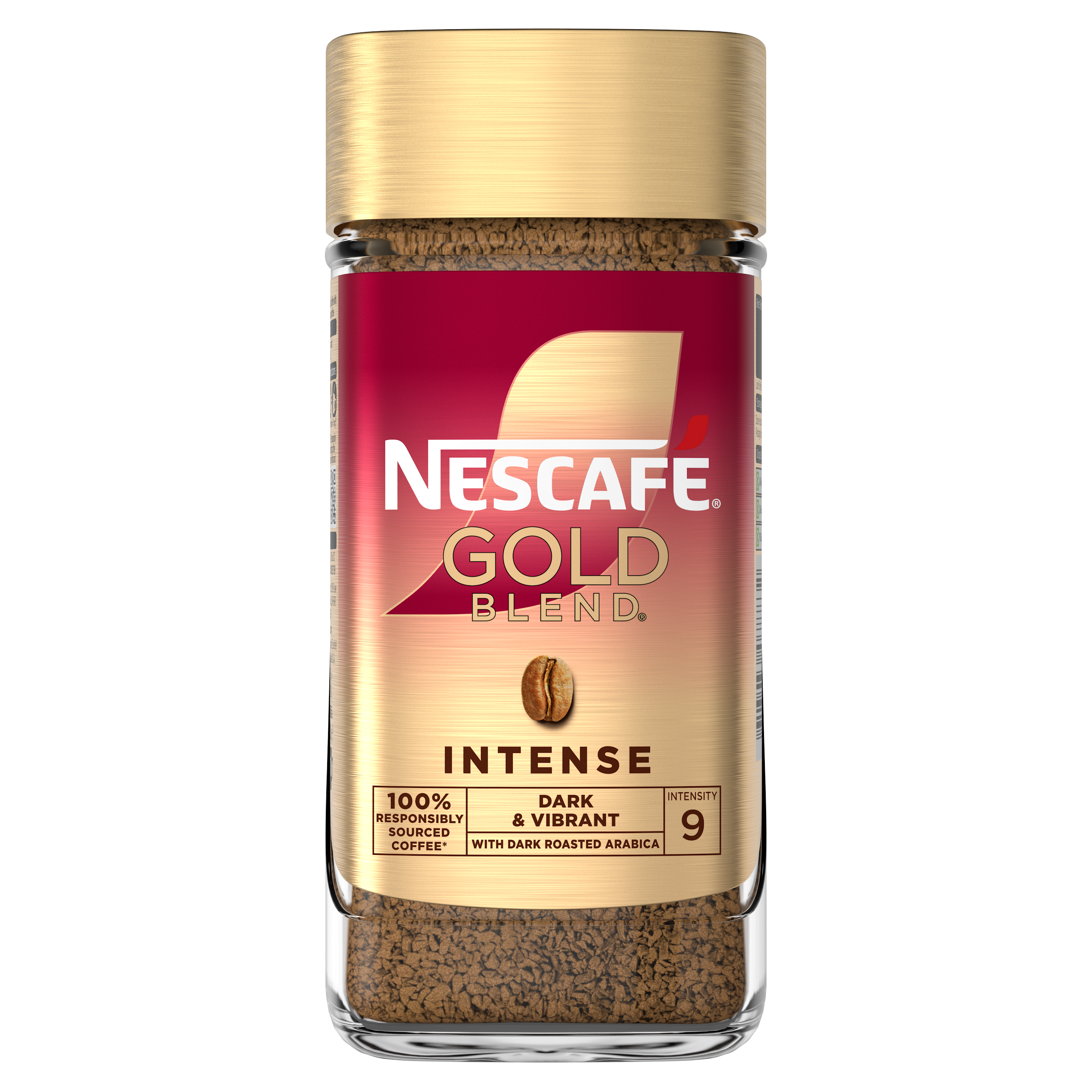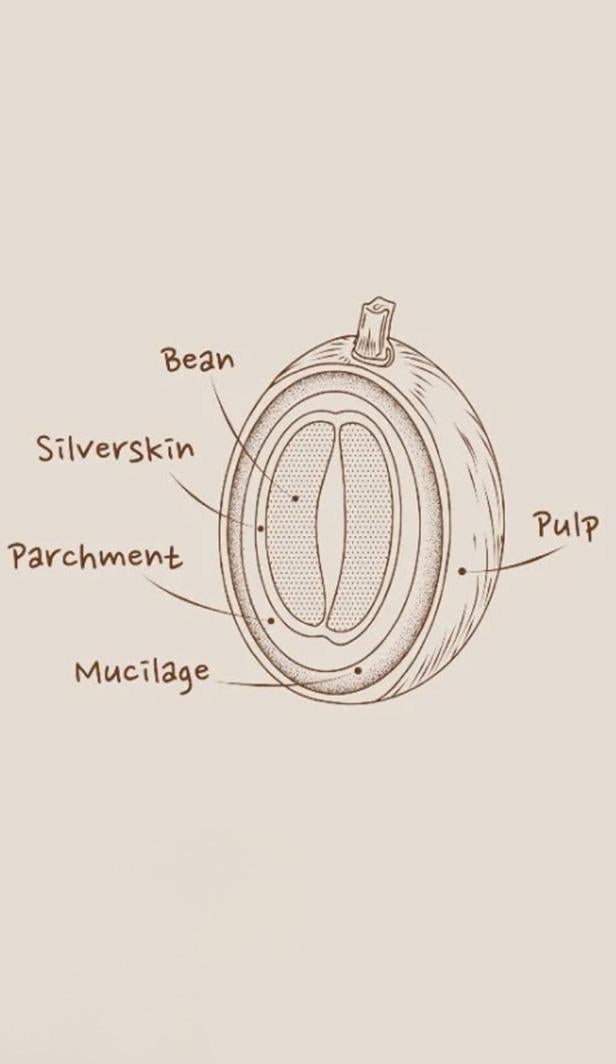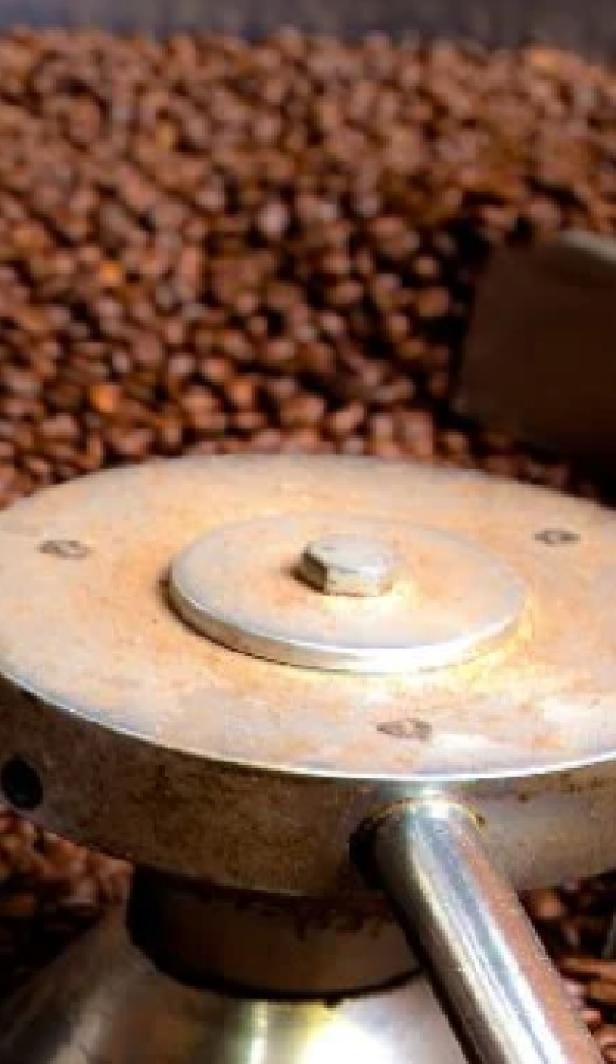Where do coffee beans come from?
Coffee beans come from the coffee plant, a bush-like plant which can get very tall (coffee farmers will usually keep them trimmed to around 5ft to keep them manageable). On these coffee plants, bunches of cherries grow and inside these you’ll find two coffee beans, Arabica and Robusta coffee...
When is the coffee plant ready?
On average, it takes around one year for the coffee plant to begin to produce fragrant, white flowers, then up to four years later before it begins to bear fruit. It will be around 10 years for the coffee plants to begin producing coffee beans on a commercial level, which are the ones of the most value to the farmers. The general lifespan of the coffee plant will be between 30 to 40 years but they can live much longer depending on the care given!
Once they’re ripe and ready for picking they’ll turn red in colour, but it takes a keen eye to know when the berries are ready for harvest as picking too early or too late can have a huge impact on the final taste.
Fun fact: Although called a ‘bean’, they’re technically a seed!
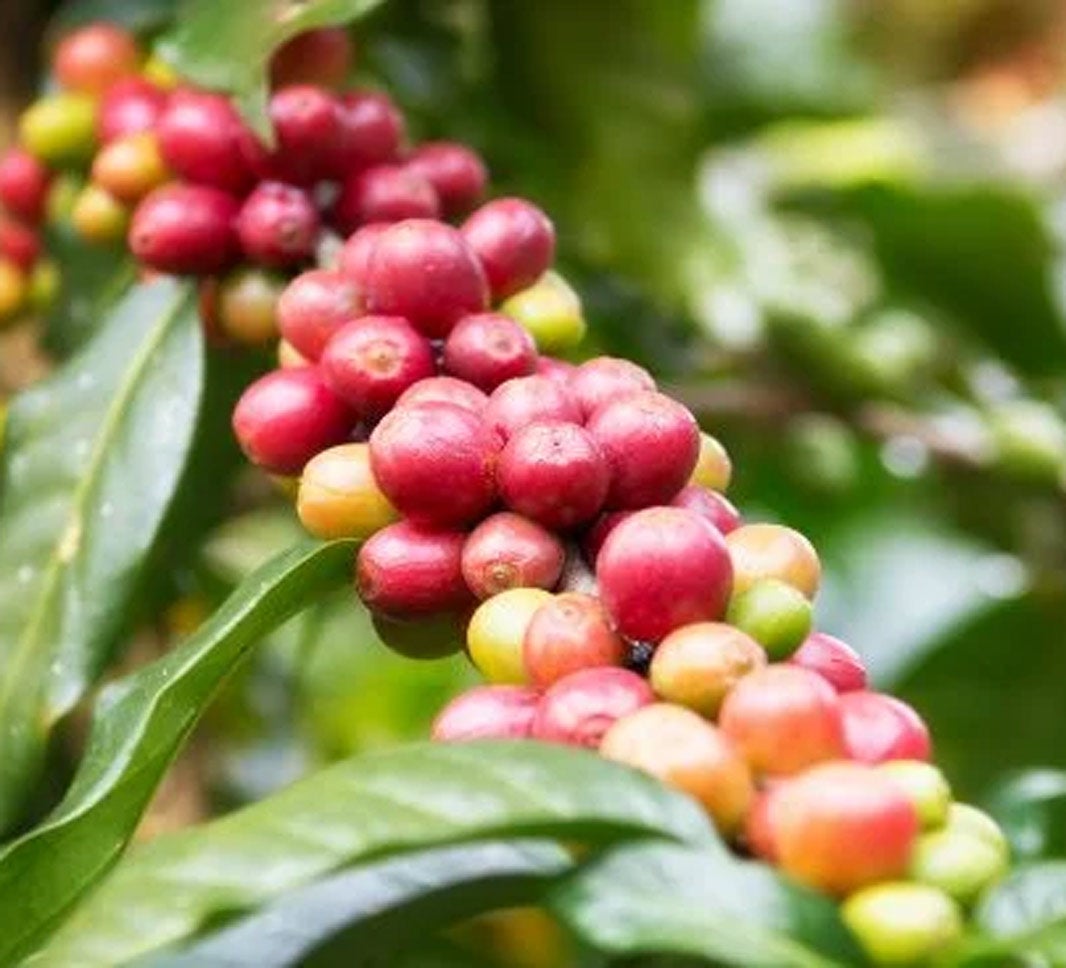
Where is coffee grown?
Most coffee plants are grown around what’s known as ‘the bean belt’, an area around the equator between the tropics of Capricorn and Cancer. It’s here that’s home to the coffee capitals of the world such as Brazil, Vietnam, Colombia, Indonesia and Ethiopia, as these are the locations with the perfect conditions for coffee plants to thrive.
Interestingly, the location of where coffee beans are grown can alter the taste. Things such as climate, elevation and even soil type can impact the flavour of the coffee the beans produce.

Do different plants produce different coffee beans?
Yes, there are over 120 varieties of coffee plants and each produces a different type of coffee bean; however, the majority of the coffee we consume comes from just two variants, Robusta (also known as Coffea Robusta or Coffea Canephora) or Arabica (Coffea Arabica) or a blend of the two. The two varieties differ in taste, growing conditions, and price.
Arabica coffee beans
Arabica coffee beans is one of the most popular types and it’s believed to be one of the first coffee species ever grown with roots dating back to 1,000BC. The beans are generally oval in shape, have a pronounced centre crease and are larger than Robusta beans.
Known for their vibrant and complex flavours, these beans are loved by coffee connoisseurs because they tend to have a sweeter, softer taste, with tones of fruits, florals, chocolate and nuts, although their acidity is higher.
Generally, it is more expensive than Robusta. This is because it is much more delicate and needs more specific cultivation requirements, such as weather and altitude, to grow. Typically, Arabica coffee beans are grown at altitudes between 500m and 2500m and have low caffeine content. Latin America, specifically Brazil, is currently the largest producer of Arabica coffee.
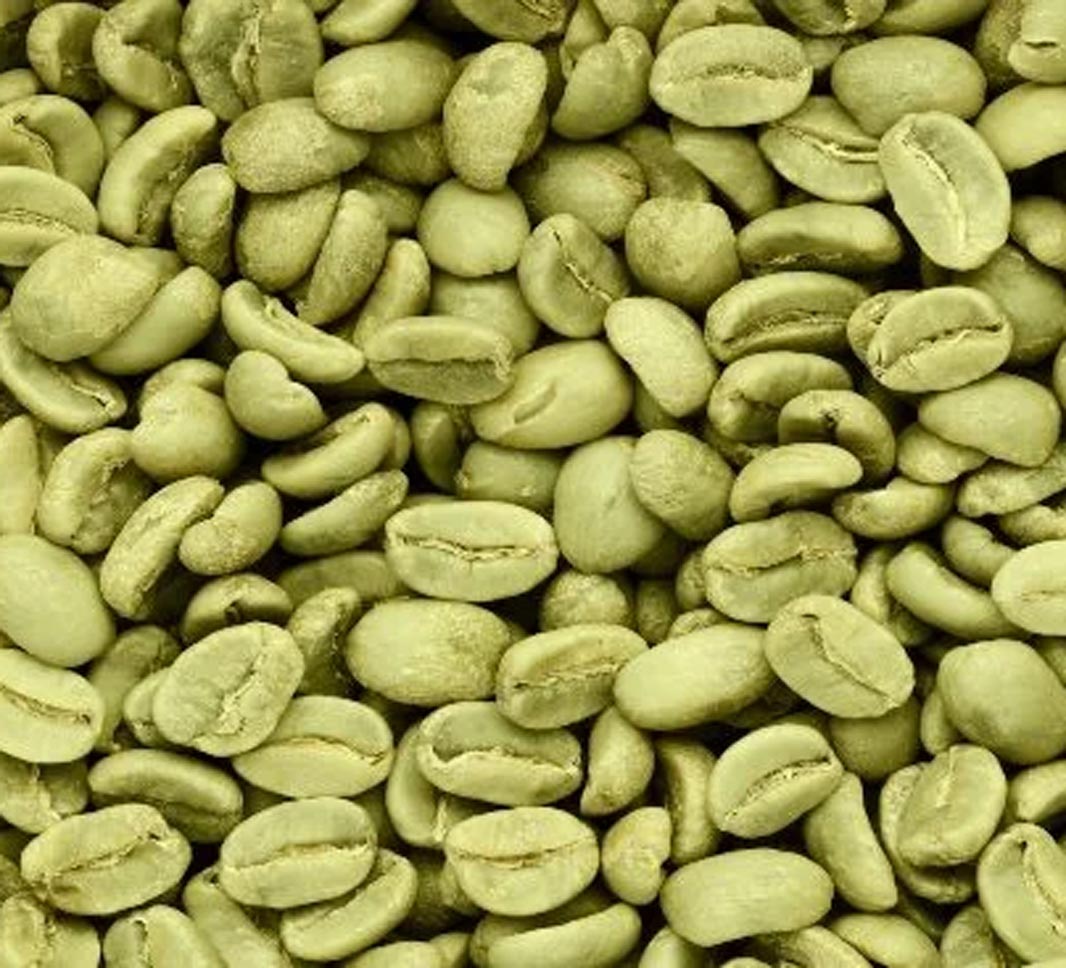
Robusta coffee beans
Commonly grown in Africa, Vietnam and Indonesia, Robusta has lower acidity levels than Arabica coffee, meaning it generally tastes much less sweet. Due to its simpler acidity and deeper and stronger flavour compounds, Robusta can produce tones of wood or burnt rubber. It’s a popular choice for espressos due to the rich flavour and layer of crema it gives.
Robusta coffee is grown at altitudes up to 1000m. They produce fruit much more quickly than the Arabicas, which need several years to come to maturity, and they yield more crop per tree. They are less vulnerable to pests and weather conditions and this is the main reason why they are on average cheaper than Arabicas. One other aspect to bear in mind is that Robusta coffee beans have a higher caffeine content.
Coffee beans from the Robusta species are generally smaller and more circular than Arabica beans, generally paler, and the centre crease is less pronounced.

What about decaf coffee beans?
There is no such thing as decaf coffee beans as they naturally contain caffeine. The decaffeination process is carried out prior to roasting which involves swelling them with water or steam, then extracting the caffeine with water, organic solvent or activated carbon. Finally, the decaf coffee beans are dried to return them to their normal moisture.
Despite being referred to as ‘decaffeinated’, decaf coffee beans will always contain some caffeine as it’s not possible to remove it all during the process.
Now you know all about where coffee beans come from, why not find out about the origins of the beverage? Read our guide on the history of coffee, next.
Explore our coffees
We make it clear which type of coffee bean we use in all our coffees. You'll find this information on the product pages of this website. Some coffees will only use Arabica or Robusta coffee beans, while others will use a blend of the two.
FREQUENTLY ASKED QUESTIONS
Where did coffee originate?
Coffee beans were discovered in Ethiopia, where they are still grown today. They were found in a region called Kaffa, which is the origin from where coffee gets its name. Legend has it that a goatherd named Kaldi realised that his goats became far more active and were filled with energy after eating the berries of a certain bush. That was the start of the long history of coffee, with the first use of coffee as a drink being recorded in Yemen, in the 15th century. Today, because of coffee's popularity, coffee plants are grown across the globe - but getting the highest quality beans means that the coffee plants need to be grown in very specific climatic conditions, to make sure the plants are at their most productive. NESCAFÉ coffee beans come from Africa, South America, and Asia, to ensure that our specific coffee blend is made of the highest quality coffee beans.How many types of coffee beans are there?
There are over 120 species of coffee, however the most traded ones are Arabica and Robusta. NESCAFÉ uses a careful blend of these two types of beans. Arabica makes a smoother, sweeter coffee, with hints of chocolate, caramel, and nuts. The Arabica coffee plants prefer more gentle climates; they don't handle cold and frost very well. Arabica beans are easily distinguished by their longer, oval shape. We also use Robusta beans, which brews into an intense, bold coffee, with a higher caffeine content, and a darker, earthier, more bitter taste. They're easier to farm, as they don't mind a slightly harsher climate than their Arabica cousins. In fact, their higher caffeine content is a natural insect repellent! You'll recognise Robusta beans by their slightly shorter, more circular shape.What is a coffee bean?
A coffee bean is the seed of the coffee plant. It's the part that gets roasted. Often referred to as a cherry, it is the pip inside the red or purple fruit of the coffee plant. NESCAFÉ uses two types of coffee beans to make our signature blend - Arabica coffee beans, and Robusta coffee beans. Each one requires a different climate and farming process, with Arabica coffee beans needing gentle warmth and light, and Robusta beans being more hardy and robust - which is where their name comes from.Which coffee beans are the best?
While it’s easy to say which coffee beans are more popular, trying to decide which ones are the best is no easy task! A lot of it comes down to personal taste, and how you like to drink your cup of coffee. Our delicious NESCAFÉ blend relies on two types of well-known, well-loved coffee beans - Arabica beans, and Robusta beans. Arabica is much more popular due to its slightly lower caffeine content, and sweeter flavour profile with hints of chocolate, berries, and nuts. It makes a lighter, easy-to-drink coffee that will satisfy most coffee lovers. Robusta beans, on the other hand, have a much higher caffeine content, and a lower sugar content - giving it that dark, bold, intense flavour profile coffee lovers have come to associate it with. Because of those darker, more bitter flavours, Robusta beans work well in iced coffee, while Arabica is more versatile and easier to enjoy for those who don't want a big caffeine kick.Today’s community favourites


